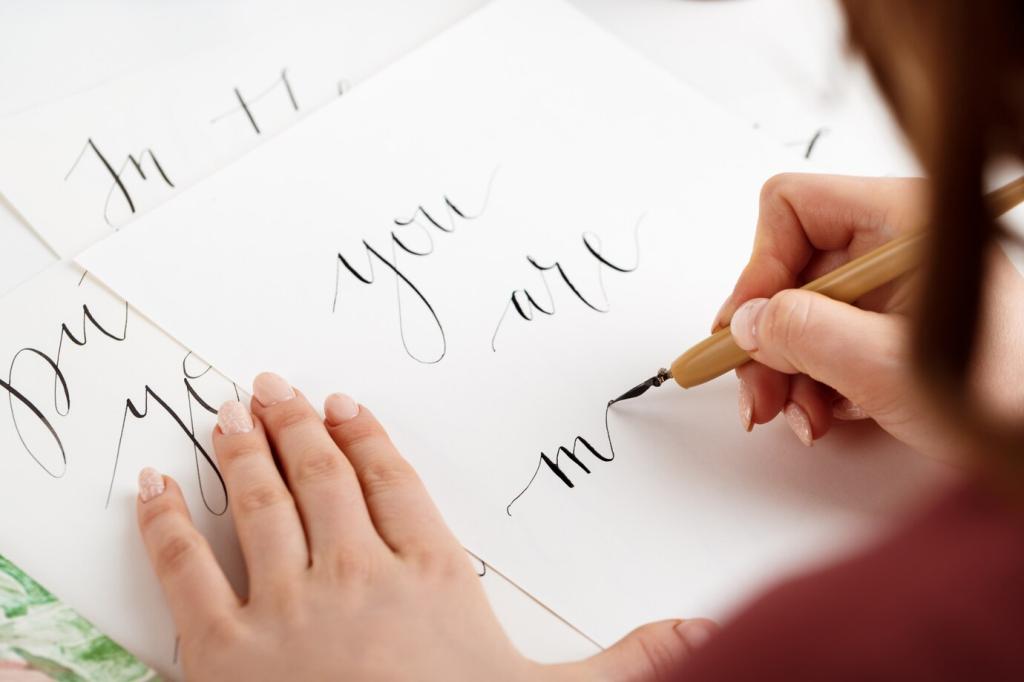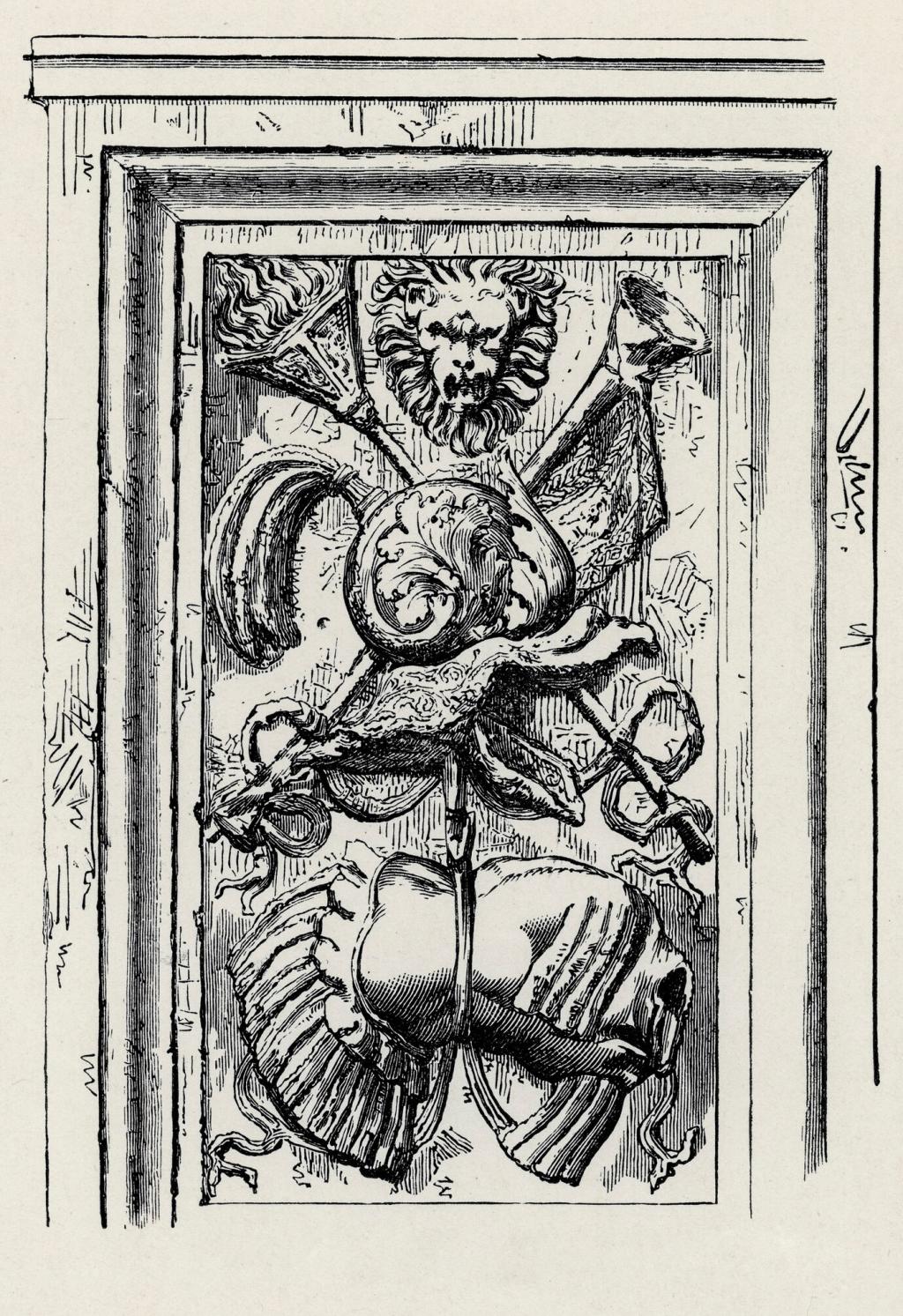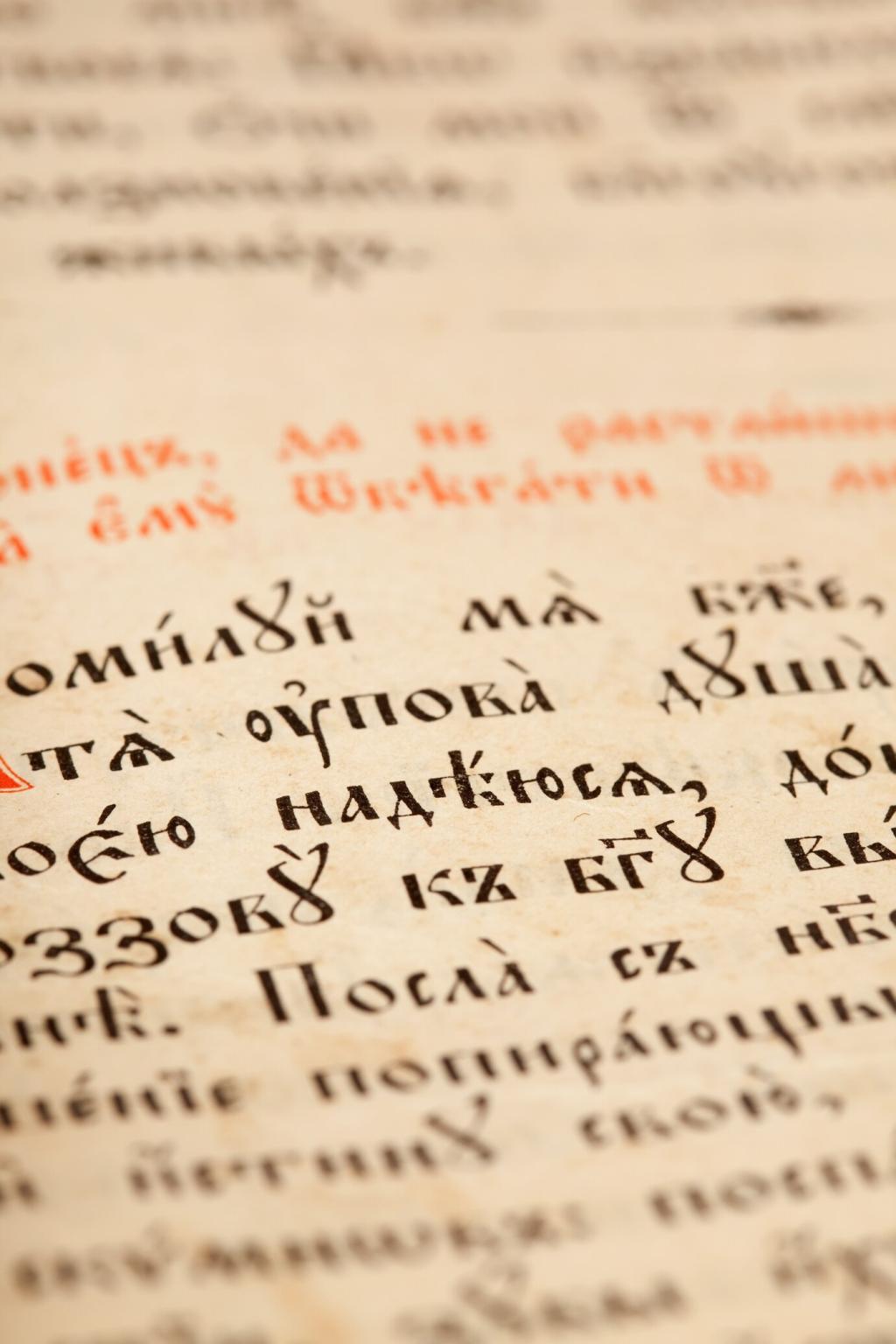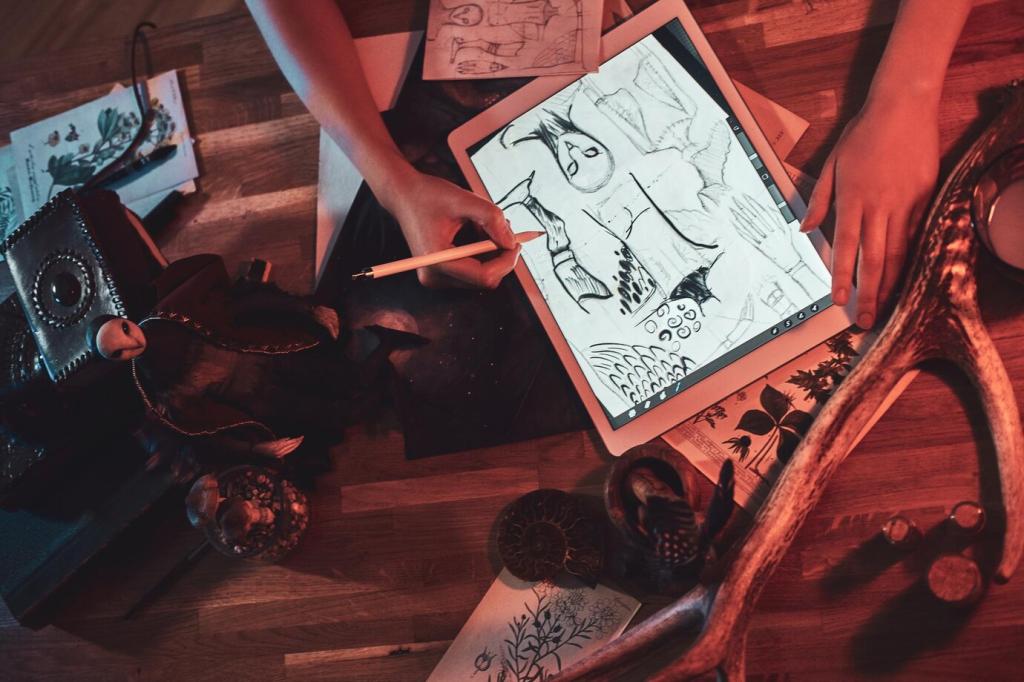
Ink of Olympus: Greek Mythology-Inspired Calligraphy
Chosen theme: Greek Mythology-Inspired Calligraphy. Step into a studio where letters wear laurel wreaths, serifs flash like lightning, and ink carries sea-salt stories. Explore techniques, tools, and tales that transform scripts into living myths—then subscribe and join our growing circle of modern scribes.
Tracing Legends in Ink
Why Myth Belongs in Letterforms
Myths distill human fears, virtues, and ambitions, making them powerful guides for expressive lettering. When a letterform echoes a god’s character, viewers feel story before they read text. Let your pen translate archetypes into rhythm, contrast, and breath.
Anecdote: The Olive Branch Monogram
For a commission honoring a grandmother named Athena, I tucked slender olive sprigs into the crossbars of an A. Their leaves resolved into hidden omega curves, symbolizing wisdom and wholeness. She touched the inked branch, smiled, and told a childhood story of learning Greek prayers.
Join the Circle
Which deity best matches your handwriting’s personality—thunderbold and decisive, or quietly strategic? Share in the comments, subscribe for weekly drills, and tell us what myth you’d love to see lettered next. Your ideas shape our practice prompts.



Terracotta and Black-Figure Contrast
Emulate Attic vases by pairing warm terracotta washes with strong carbon-black lettering. Let negative space carve silhouettes like ancient painters did around figures. Use matte papers to keep glare low, and reserve burnished metallics for small divine accents or celebratory initials.
Reed Pens, Quills, and Modern Nibs
A reed pen I found in Naxos scraped like a cicada yet produced unforgettable texture. Practice pressure control to tame chatter. When reeds are impractical, flexible steel nibs or brush pens mimic broad strokes while offering consistency. Test on rough cotton stock before final pages.
Pigments: Soot, Iron Gall, Indigo
Soot-based inks deliver rich neutrality; iron gall ages toward brown and can bite paper if overconcentrated. Favor archival formulations and ventilate well. A whisper of indigo evokes Aegean blues in shadows and splashes. Always swatch for bleed, feathering, and dry time under realistic conditions.

Mythic Layouts and Page Architecture
Employ Greek key meanders to frame content, but treat them like hushed choruses, not shouting frames. Build grid modules from golden-ratio intervals, aligning titles, ornaments, and notes to shared rhythms. The result feels inevitable, as if the page discovered its own order.


Quoting Epics Responsibly
Homer’s Greek is public domain, but many translations are not. Credit translators and verify permissions. When unsure, letter short public-domain fragments or craft your own paraphrase. Contextual notes can deepen appreciation without cluttering the page’s visual dignity or interrupting the reader’s flow.

Transliteration vs Greek Script
Mixing Latin calligraphy with Greek words can be luminous when intentional. Learn basic Greek capitals to avoid anachronistic hybrids. Explain unfamiliar letters in a colophon or caption. The goal is respect: visual harmony that acknowledges history while remaining accessible to your audience.
Warm-ups: Laurel Loops and Ionic Swashes
Begin with two-minute laurel loops, chasing consistent ovals and mirrored leaves. Add Ionic column swashes to practice vertical modulation. Breathe on every downstroke, exhale on lifts. Track small wins in a logbook so improvement feels cumulative, not accidental or invisible.
Weekly Challenge: Twelve Labors of Kerning
Assign each month a labor—taming AO pairs, aligning VA valleys, balancing RT gaps. Print proofs, mark problem zones, iterate until rhythm settles. Photograph before-and-after pages and share them with us; we feature the most instructive sequences in our newsletter.
Share Your Progress
Post a snapshot of today’s drills with the hashtag #OlympianInk and tag a friend who loves myths. Subscribe for critique threads every Wednesday, where we swap feedback, celebrate breakthroughs, and offer gentle course corrections when strokes go astray.
Symbolism and Motif Library
Turn owl eyes into considerate dot treatments; crown initials with slim olive wreaths. Suggest the gorgoneion as a counterform rather than a literal face. Symbolism whispers more powerfully than it shouts, keeping letters legible and stories vivid without visual noise.
Shape terminals into subtle tridents and carve dolphins from negative space between swashes. Stipple seafoam around descenders to suggest spray without clutter. Ask readers which marine motif they prefer for summer projects, and we’ll design a shared practice sheet next week.
Borrow the lyre’s curved arms for sympathetic swashes, thread laurel sprigs along hairlines, and glaze warm gradients that feel like firelit banquets. Use sparingly so accents remain precious. Comment if you’d like a downloadable gradient ink recipe card in the newsletter.

Case Study: A Wedding Suite for "Euphrosyne"
We centered Euphrosyne—joy—by designing three interlaced ligatures symbolizing shared laughter. The palette favored pearl, fig, and soft terracotta. Guests discovered tiny dancing sandals in the margins, hinting at celebration before reading a single word of the invitation.
Case Study: A Wedding Suite for "Euphrosyne"
Deckled cotton stock held iron-gall outlines with crisp authority. Rose-gold foil gilded laurel knots at key junctions. Pressure stayed light on hairlines to keep movement airy. The result balanced ancient gravitas with bright, modern warmth, ideal for early-evening candlelight.
Case Study: A Wedding Suite for "Euphrosyne"
When the bride’s mother noticed a meander border echoing her childhood courtyard tiles, she teared up. Guests kept envelopes. Our post about the suite sparked requests for motif breakdowns. Tell us which myth to explore next—and subscribe to catch the behind-the-scenes sketches.
